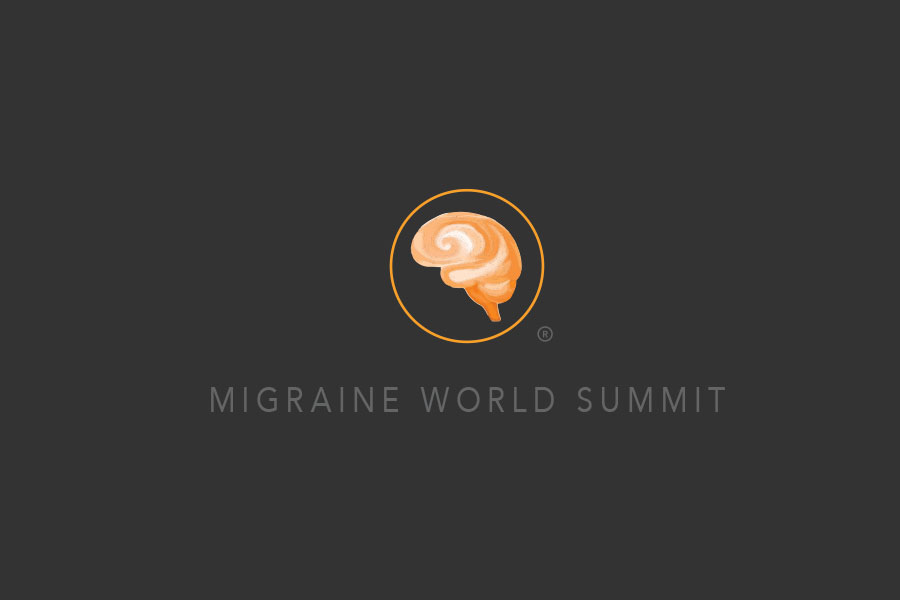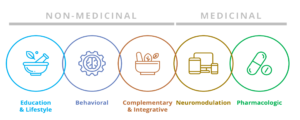Carl Cincinnato
Despite the fact that there are currently 1 billion people with migraine around the world, we rarely hear of real stories of remission or recovery from migraine. Dr. Rashmi Halker Singh details five real-life case studies to reveal the good, the bad, and the ugly about the realities of migraine treatment and management.
There’s a lot we can learn from the experience of others. Dr. Halker Singh is an award-winning Mayo Clinic headache specialist who will take us through several real patient case studies. She is an award-winning and board-certified neurologist and headache specialist at the Mayo Clinic, and an Assistant Professor of Neurology. She’s been recognized for her leadership and contributions on numerous occasions, with accolades and awards from both the Mayo Clinic and the American Headache Society.
What happens when you see a new patient in your clinic?
Dr. Singh: “When a patient comes to see me as a new consult we spend a lot of time talking about their headache. When I was in training I was taught that the devil is in the details, and if you don’t know what the patient has by the time you finish taking the history, go back and take the history again. But really, making sure I have an accurate diagnosis so that I can give them the best possible advice for a treatment plan is, I think, what makes up the bulk of the appointment.
“Then we talk about a few different things to best determine their treatment plan. And I tell my patients that this is not simple. It’s not just one pill that’s going to fix everything, but it usually has a multifaceted approach. So first of all, I want to make sure my patient has an acute treatment option that works. Every single patient who comes to see us with migraine deserves to have an acute medication that they can take to abort their migraine attacks. But we’ll also talk about how often they’re having migraine attacks, how often they’re needing to use acute treatment, and how disabled they are by their migraine attacks as well, because all of those factors will help us decide whether a patient needs to be put on a preventive treatment. I also spend a lot of time talking to my patients about other things beyond medications that can also be helpful with headaches. For example, we’ll talk about their eating habits, their caffeine intake, stress management, are they exercising, are they getting enough sleep. So it’s a pretty complex plan by the time we’re all finished.”
How many chronic migraine patients can expect to see some improvement?
Dr. Singh: “Most patients that we see have chronic migraine. That’s a minority of migraine sufferers across the world but they actually make up the majority of my clinical practice. And despite that, I think most people will see some degree of benefit. What I was taught in training is there’s always something we can do to help our patients. I don’t think there’s been a patient yet where we’ve not been able to recommend something. We might not be able to get them completely attack-free or really dramatically reduce their migraine frequency, but there are recommendations we can make, whether it’s medications or otherwise, that can help improve their disability. So I like to believe that we can help most patients to some extent.
What is an example of a case study from one of your patients?
Dr.Singh: “Last month I saw a patient. Her name is Jennifer, and she’s 27 years old, and she came to see me because she’s thinking about becoming pregnant. And she wants to know, number one, what’s going to happen with her migraine attacks when she gets pregnant. Number two, what can she do about them. Pregnancy is a time when we really want to minimize medications as much as possible for obvious reasons. I shared with her that many women who become pregnant do see an improvement with their migraine frequency during pregnancy, but that’s obviously not universal. I have plenty of patients who continue to suffer with migraine attacks. And we really try to emphasize a nonmedication treatment approach in that situation. So for her I talked to her a lot about utilizing nonmedication strategies. I’ve sent her to see one of our biofeedback specialists, to teach her how to do biofeedback training. We set her up for some physical therapy appointments so she could practice some exercises at home that might be helpful. We talked about stress management; we made sure she was exercising regularly. Things like that. And then we also talked about things that she could do when she has a migraine attack.
And the problem is, we really don’t have a lot of great data on a lot of things. But there are a few medications she could use, for example, acetaminophen is considered relatively safe in pregnancy, so that’s something she could try. There are also these devices that are FDA-approved right now for migraine. There’s a little bit of controversy around them, but many physicians feel they’re probably safe in pregnancy, so their patients who are pregnant are often allowed to use them, like the TMS device and the supraorbital TNS unit, which are FDA- approved for the acute treatment of migraine. And sometimes some occipital nerve blocks with Lidocaine can be helpful, too. So there are different things you can do to manage migraine during pregnancy but you have to be a little bit more creative about it.”
Watch the full interview to find out:
Can you describe several patient case studies that represent different patients in your clinic?
How do you treat those patients?
What is their biggest need?
What was prescribed? Why?
How do you develop management strategies for your patients with migraine?
What are some common themes across these case studies?
Can stubborn migraine be managed and controlled?
What role does the doctor need to play in migraine management?
What role and responsibilities do the patient have in their own migraine management?
How do you measure success for acute treatments?
How do you measure success for chronic migraine patients?
Watch Dr. Rashmi Halker Singh’s interview preview here or order it as part of the Migraine World Summit package from this page.
If you previously purchased the 2019 Migraine World Summit, you are all set to login to watch the full interview.
Posted in: Migraine Education





